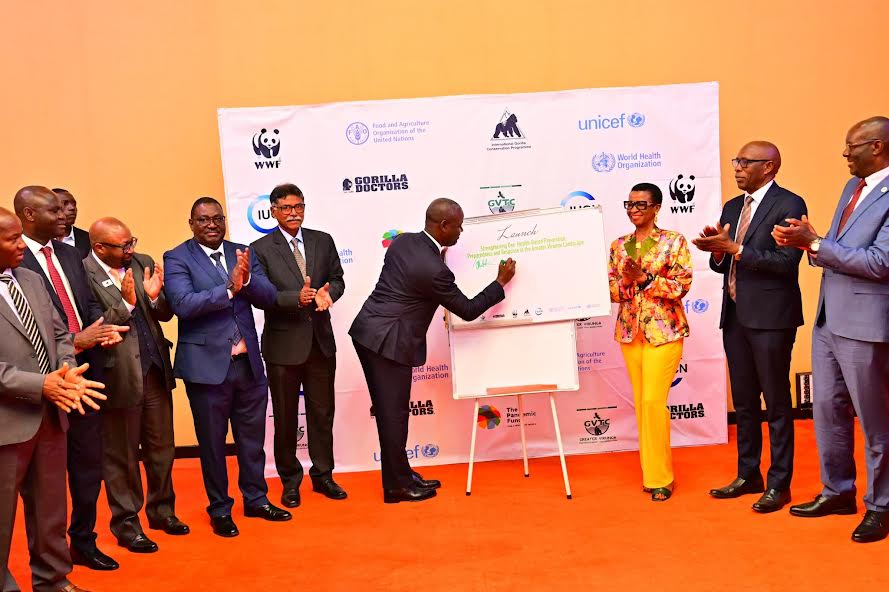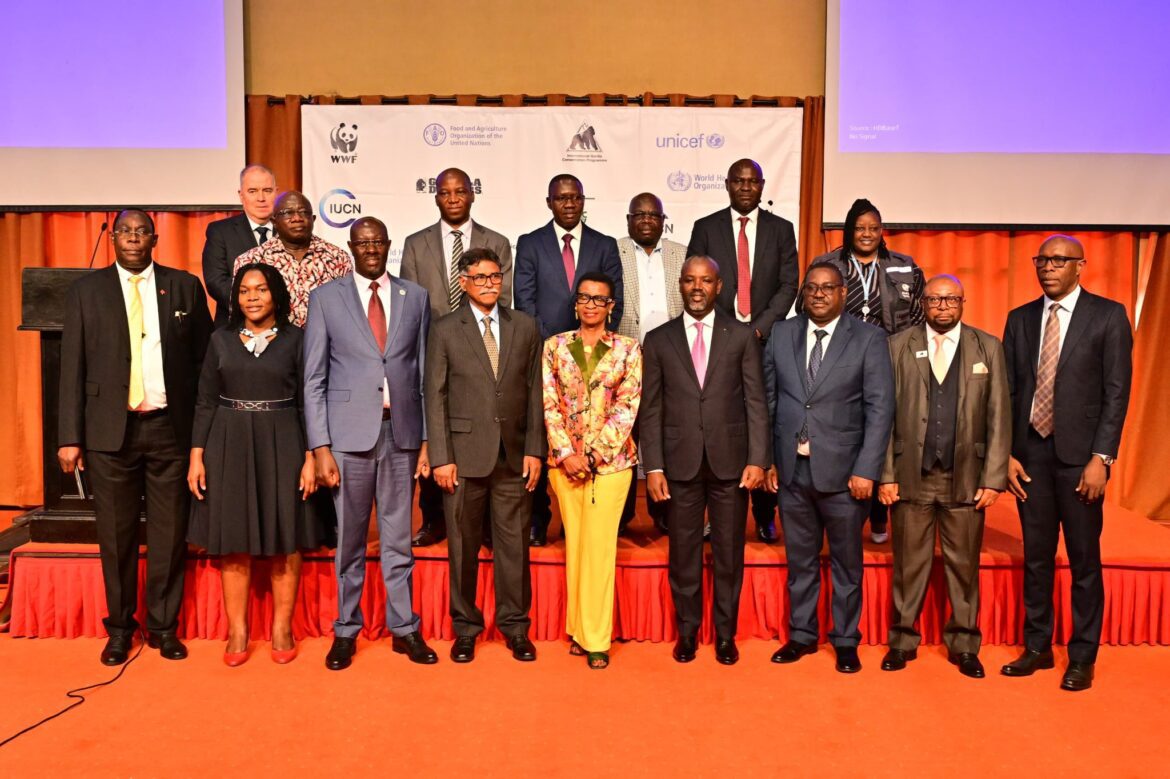A new regional project aimed at combating the spread of zoonotic diseases in the Greater Virunga Landscape was launched on Thursday, uniting three countries in a coordinated effort to protect humans, animals, and the environment.
The One Health Preparedness, Prevention, and Response Project, funded by the World Bank’s Pandemic Fund, will strengthen regional defenses against diseases such as Ebola, Marburg, and M-pox.
The initiative is a collaborative effort among Uganda, Rwanda, and the Democratic Republic of Congo.
Speaking at the launch at the Speke Resort Munyonyo, Deputy Speaker Thomas Tayebwa highlighted the project’s economic importance.
“Tourism has been identified as a key driver of Uganda’s economic growth, and by safeguarding health security, we also safeguard the future of this vital sector,” he said.

Andrew Seguya, Executive Secretary of the Greater Virunga Transboundary Collaboration, described the region as a “very big laboratory for pandemics,” due to the high-risk environment created by the mix of forests, wildlife, livestock, and communities.
He said the project will empower the three countries to improve their response and early reporting of diseases by training health and veterinary workers and educating local communities.
Ivan Tumuhimbise, Country Director for the World Wide Fund for Nature (WWF), called the partnership a model for multidisciplinary disease prevention.
“We are confident that this partnership will become a model of multidisciplinary disease prevention, uniting health workers, veterinarians, communities, scientists, researchers, policymakers, and NGOs to help prevent future pandemics,” he said.
Wellard Makambo, Director of the International Gorilla Conservation Programme (IGCP), noted that the project will leverage existing data to gain insights into the health of both wildlife and the broader ecosystem.
“This project recognizes that placing people at the center is key to its success,” Makambo said.
“We are working closely with local communities, ensuring they are integral to decision-making and supporting them in protecting their biodiversity, while keeping communities healthy and resilient in the long term.”




